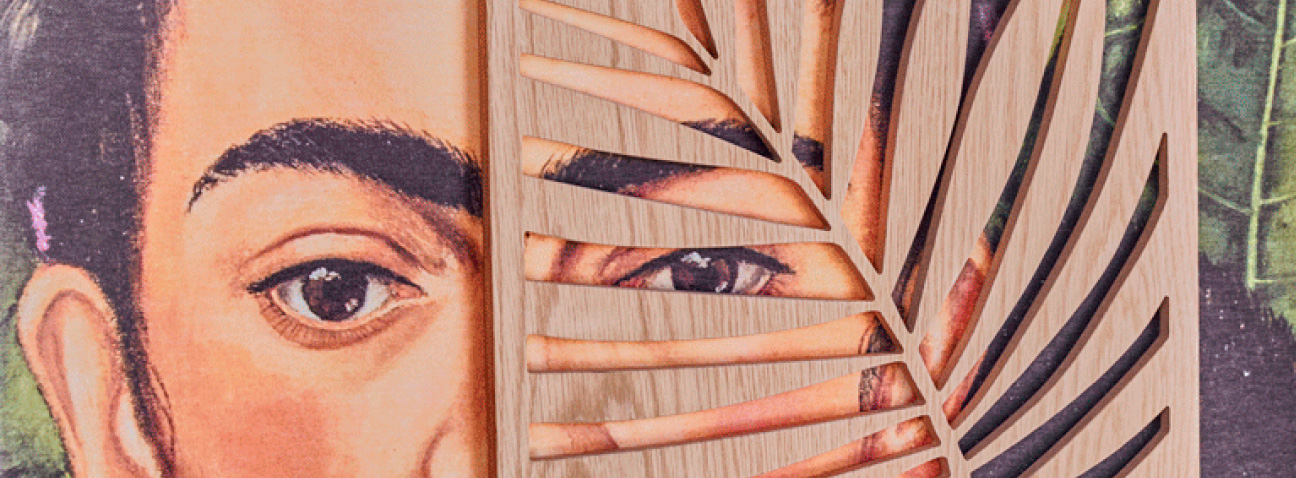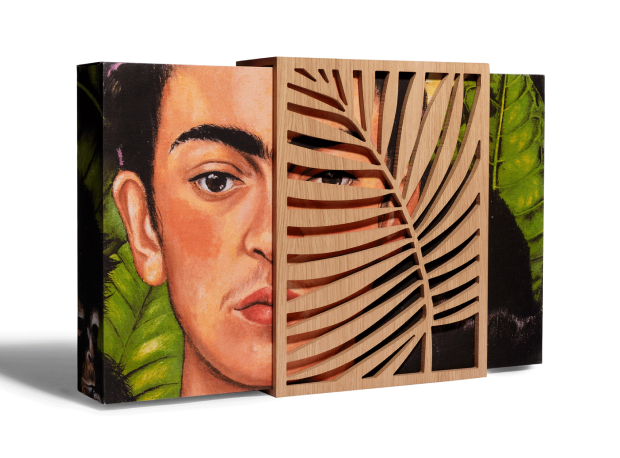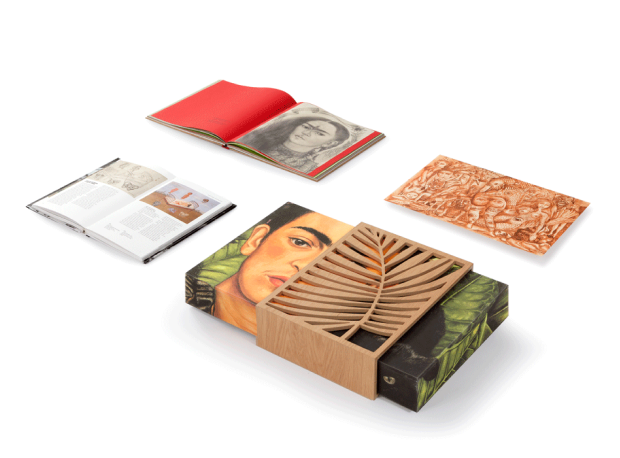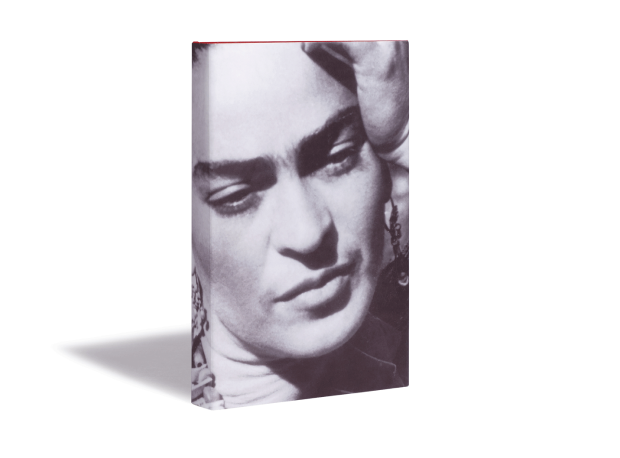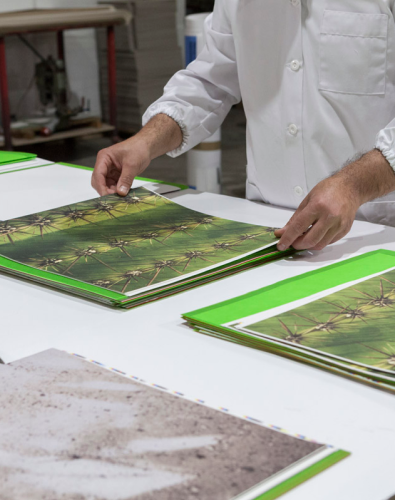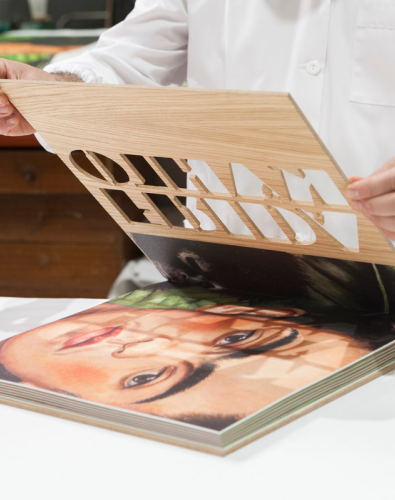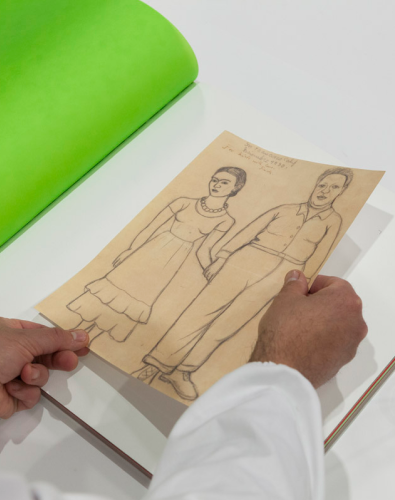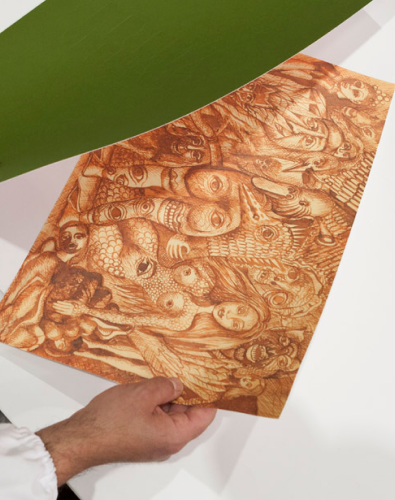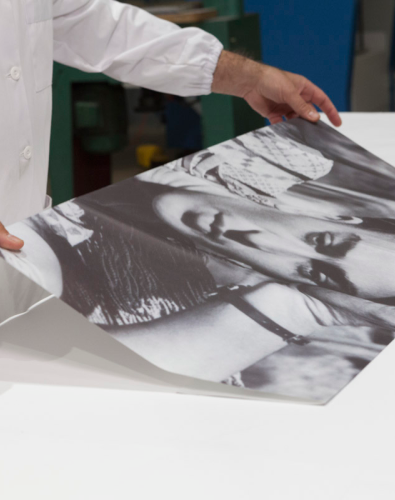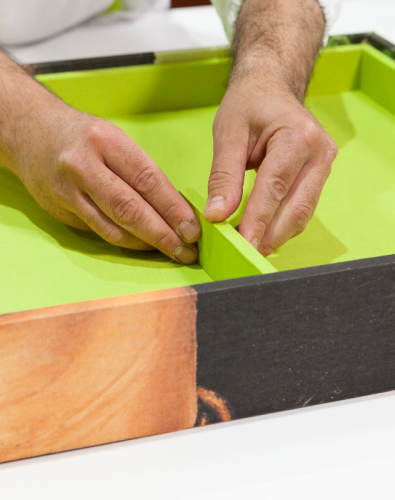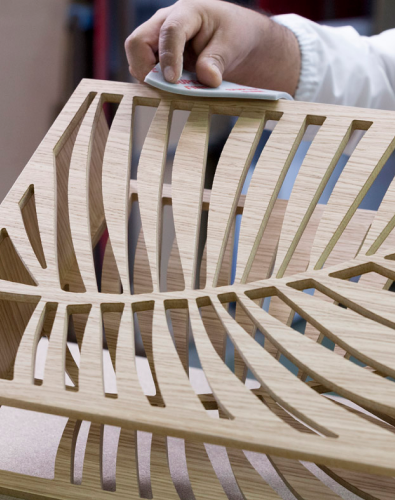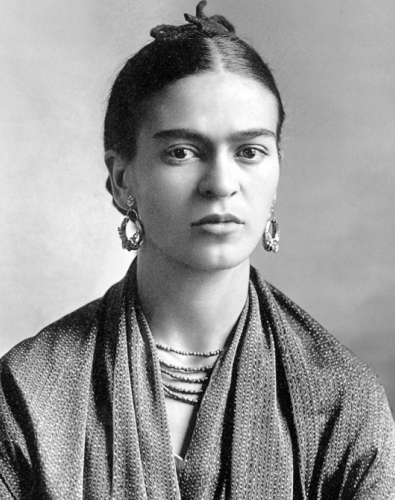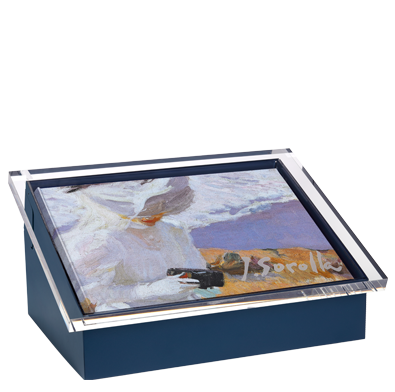ARTIKA invites us to discover The Dreams of Frida Kahlo, an artist's book that shows the overwhelming personality and indisputable talent of the Mexican painter, a cultural symbol and universal icon.
It is an exceptional opportunity to know, in detail, the suggestive fragility of her dreams, the extraordinary strength of her art and her exciting life and reality.
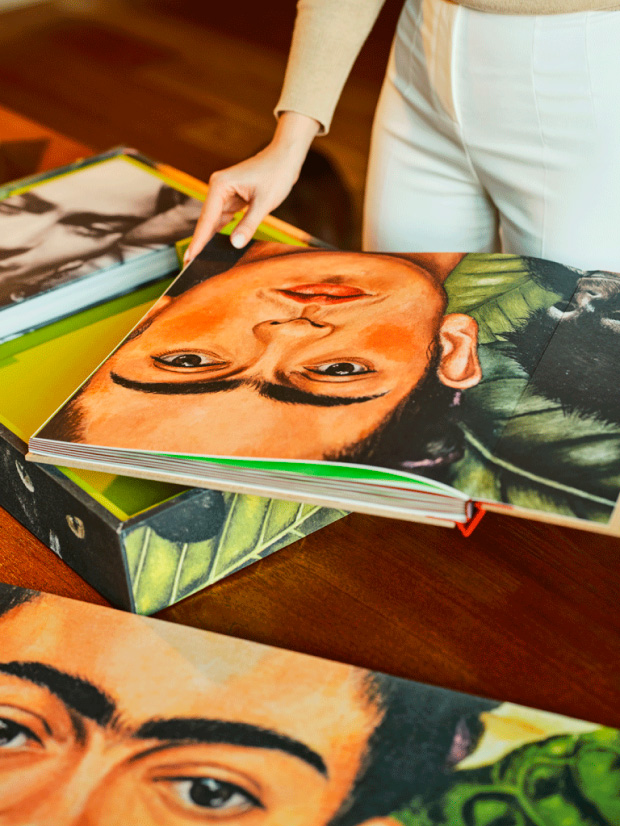

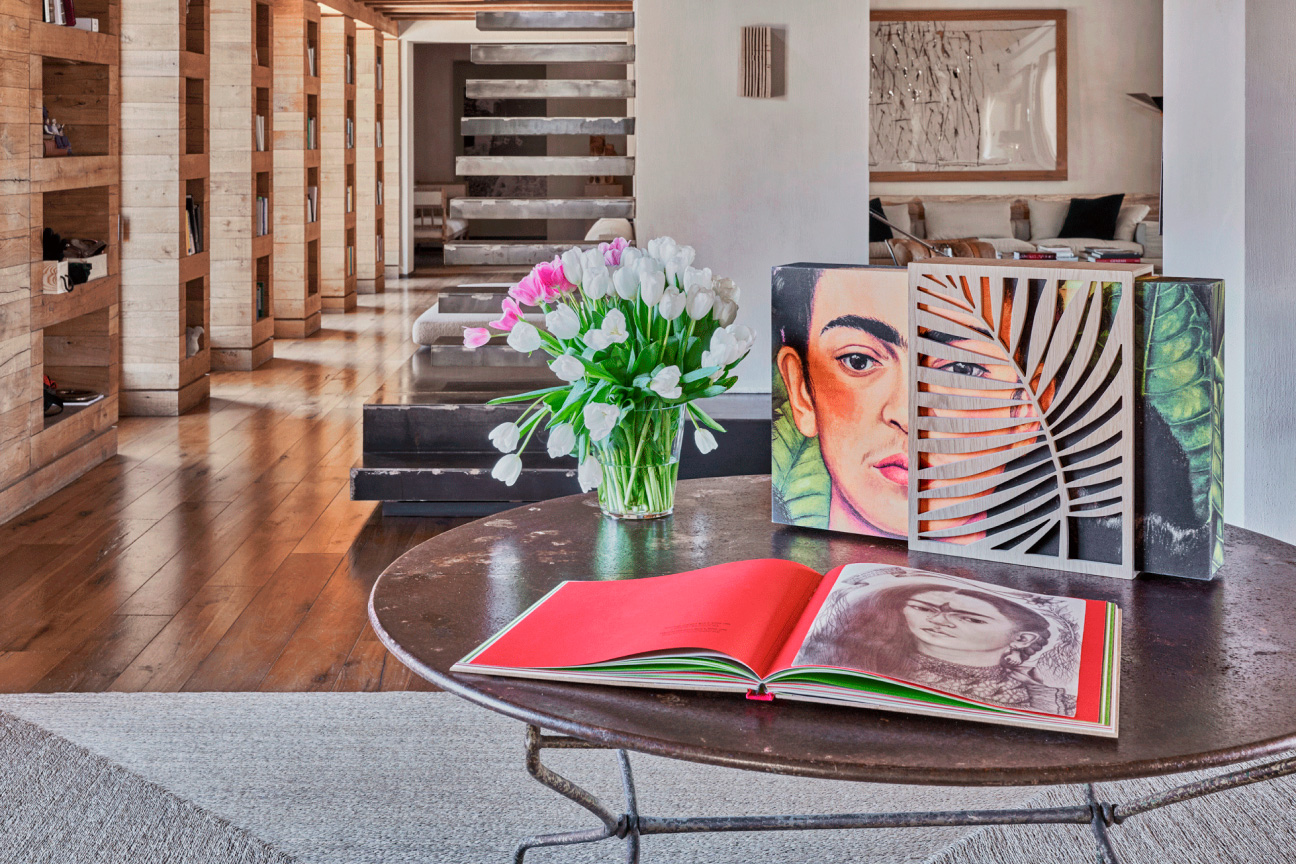
For the first time, this edition allows us to enjoy all of Frida Kahlo’s existing drawings in a unique and unrepeatable work. To do so, it has been necessary to meticulously locate and compile them, since many of them disappeared after her death, while others were forgotten in private bequests, not always accessible, and in museums.
The Art Book offers a selection of 34 drawings, reproduced to original scale and accompanied by quotations that Frida herself wrote down in her Diary.
The Study Book, illustrated with nearly 100 drawings, offers the first analysis of Frida Kahlo’s work by the artist’s most renowned experts. Helga Prignitz-Poda, co-author of the catalog raisonné on Frida’s works, art historian and exhibition curator, analyzes the Mexican painter’s work in depth. Juan Rafael Coronel Rivera, journalist and poet, grandson of Diego Rivera, and María del Sol Argüelles San Millán, director of the Museo Casa Estudio Diego Rivera y Frida Kahlo, complete this study, showing the most intimate side of the artist.
The Sculpture Case exhibits the Self-Portrait “Autorretrato con collar de espinas y colibrí (1940)”, which is revealed behind a veil of die-cut wooden leaves. Frida’s intense gaze invites us to delve into her most personal works to get to know her most unknown facet. Her hidden face is revealed as well as her most intimate world, unveiling the interior of the work.
TECHNICAL SPECIFICATIONS
DISPLAY CASE
- Case in MDF wood, foamed PVC and cardboard. Lid in foamed PVC, lateral profiles in MDF wood. Interior with frame and center partitions in foamed PVC.
- Interior of the case lined with Toile Canvas fabric.
- Interior lined with green Saphir fabric.
- MDF oak plywood.
- Dimensions: 72.5 x 45 x 10.5 cm (28.6 x 17.7 x 4.13 in).
- Total weight of the work: 21.75 kg (47.95 lb.).
STUDY BOOK
- Monolingual Edition (two versions, Spanish and English).
- Cover lined in Toile Canvas Cerise.
- Tatami White 170 g (0.37 lb.) cover.
- Gut paper: Tatami White 150 g (0.33 lb) + varnish.
- French dust jacket in 125 g (0.27 lb) Imitlin Neve flat paper.
- Size: 25 x 40 cm (9.84 x 15.75 in.)
- 304 pp.
ART BOOK
- Spanish and English bilingual edition.
- 140 pp. on the following papers: curious collection translucens spring 100 g (0.22 lb); Pergamenata Naturale 110 g (0.24 lb); Tintoreto neve 250 g (0.55 lb); Nettuno Roso Fuoco 215 g (0.47 lb); Tintoretto ceylon Wasabi 250 g (0.55 lb).
- Cover in oak veneered MDF with Frida Kahlo’s name die-cut.
- Pine in Toile Canvas Cerise cloth and covers in geltex 300 g (0.66 lb).
- Sheets: 11 on Freelife Merida White paper 140 g (0.31 lb) and 23 on Arena White Smooth 120 g (0.26 lb).
- Sizes: 40 x 40 cm (15.75 x 15.75 in).
FOLDER AND PRINT "EL PÁJARO NALGÓN" (1946)
- Freelife Merida White 140 g (0.31 lb.) paper.
- Folder: 40.1 x 67.8 cm (15.79 x 26.7 in.). Olive green geltex paper 115 g (0.25 lb.) counter cast with white geltex 300 g (0.66 lb.).
- Sheet size: 35 x 52.4 cm (13.78 x 20.6 in).
PRODUCTION PROCESS
OTHER COLLECTIONS
REQUEST INFORMATION
We will inform you about ARTIKA's works and news.

